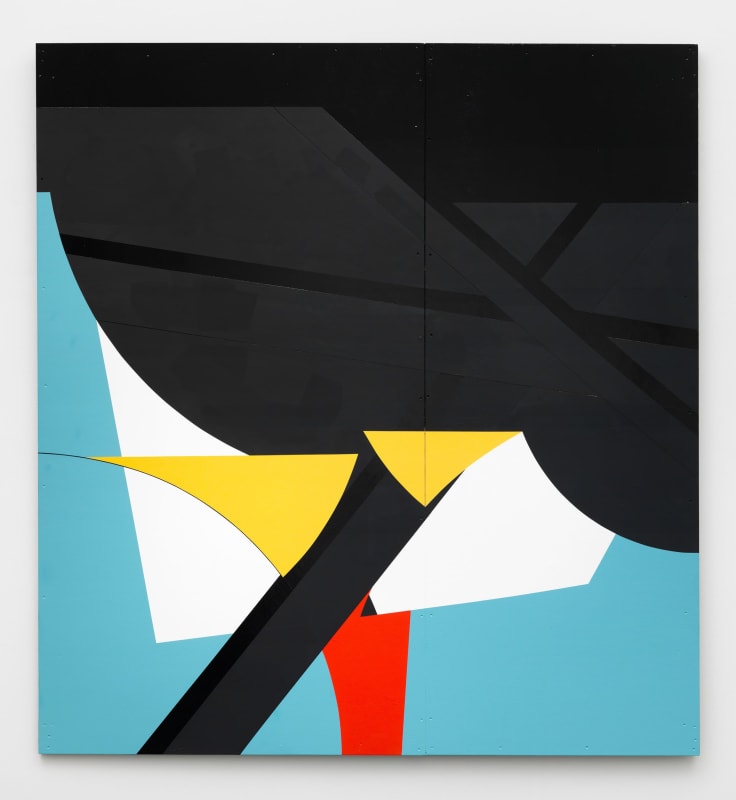BY BINWE ADEBAYO
The late cultural theorist Stuart Hall described racial identities as ‘floating signifiers’. ‘Not,’ he wrote, ‘because of what they contain in their essence, but in the shifting relationships they establish with other concepts.’ When I first went to see the work of Serge Alain Nitegeka in Grahamstown in 2011, this idea seemed to ring true and to resonate with his work. Rather than an attempt by an artist to paint a singular, essentialised immigrant reality, Nitegeka’s art practice seems to reflect a finely tuned balance between telling his own true story and leaving just enough open space for interpretation and a personal connection.
Born in 1983 in Burundi, Nitegeka was forced to leave his home country because of political unrest. Passing through several East African nations en route, he finally settled in Johannesburg, where he has lived, worked and thrived since 2003. And while his experience hasn't been easy, his story should never elicit the sort of ‘Oh shame…’ response that immigrant stories are so often met with. Instead of engineering all his artistry and talent around this one, long journey to South Africa, Nitegeka has managed to pick at, peel back and open up a world of stories through his now internationally celebrated paintings, film and installations.
Nitegeka’s work is often discussed in tandem with the great American abstract expressionist Franz Kline because of their stylistic similarities. But Nitegeka has taken Kline’s dance between black and white further, deftly using light and shadow, opacity and openness, and turned them into powerful calling cards for discussions related to forced migration, slavery, human trafficking and personal identity.
There is something of a spiritual kinship between the two artists as well. Kline was famously concerned with the self, the painter, and the events of the world as huge contributors to an artist’s output. He is quoted as saying of painting: ‘You yourself, you don’t decide, but if you want to paint, you have to find out some way to start this thing off, whether it is painting it out or putting it in...’ and this seems to be a resounding modus operandi for Nitegeka too, who allows ideas to lead him to form. He says this is the most exhilarating part of the job. ‘Having a great idea for a work and not knowing how to go about making it, or what it is going to look
like in the end – that’s why I do this,’ he says.
That said, this is not an attempt to lump the two artists together – or balance Nitegeka’s immense skill and prowess on the influence of a European counterpart.
His own Africanness, personal drive and unusual lens on these concepts is what has seen him successfully complete his studies, rack up several group and six solo exhibitions both locally and abroad, and be the recipient of the Tollman Award for Visual Arts in 2010, as well as, in the same year, a Fondation Jean Paul Blachère Prize at the Dakar Biennale.
When asked whether his growing fame places any pressure on him, he answers like a truly unaffected artist. ‘Not at all, I concentrate on growing my practice from one body of work to the next, while aspiring to be bolder and more ambitious in scale, concept and execution.’ He also insists that there is no singular choice of medium or message that links his work – he is not, after all, simply selling a theme or product.
So, what does he want to communicate? To be more specific, I asked him what he wants most when journalists write about him. ‘I want to know their experience of my work,’ he replied. ‘The act of making is the most important. It is sacred.’
Nitegeka’s work – and his approach to work – has a pendulum-like quality. At times, he has created large-scale installations using beams and shipping crates to track the complex migration story of African people across the continent. In other works, he includes a simple stool to ascribe dignity to those immigrants who must wait in endless queues while requesting documentation. He is adept at broad, confident brushstrokes that seem to shout, ‘I cannot be shaken,’ but elsewhere include representations of his own face and body, as if calling himself to appreciate the delicate and vulnerable.
Of course, as all writers do, I tried to pry for a little glimpse into what we could expect next from Nitegeka. Instead of a broad concept or grand reveal, we know only that he is painting, and that we can look forward to more paintings – although, if he had no time pressures, he would make another film, he says.
A brand-new environment for the artist could also signal a shift. ‘I moved into a bigger studio this month, and [I know] from experience that new studio spaces always have an uncanny way of influencing – and at times changing – how I approach my practice. I am excited,’ he says. And so are we.


